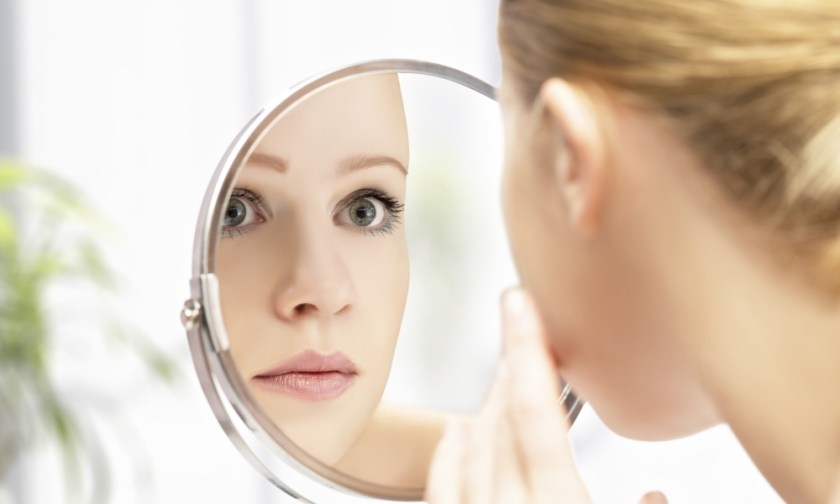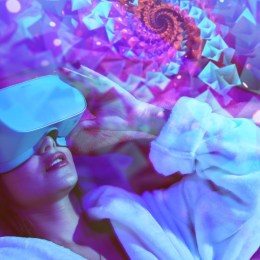Before treating pigmentation, it’s important to know which type of technology is the most suitable for their condition, writes Jenni Gilbert.
Skin rejuvenation – as in, the treatment of lines and wrinkles and lifting and firming the skin – is the most common reason people seek out laser, IPL and LED treatments. But the reduction (ideally elimination) of pigmentation is right up there.
Using the wrong type of device, depending on the nature of a client’s pigmentation, can be at best useless, at worst have catastrophic results that worsen their condition or even injure them. Thorough training is required before operating any of these devices, but also an understanding of the nature of the condition you’re treating. Laser and IPL are the most commonly used devices for treating dark spots and patches.
It is strongly recommended that clients sign a consent form stating they have had skin cancer checks within the previous six to 12 months as, if a discolouration is “suspicious”, the light- based treatments can accelerate malignancy. Also conduct a consultation to get their medical history and any factors that may contraindicate them for suitability. The number and frequency of treatments with either technology depends on the power of the device and the extent of the client’s condition.
Laser tends to be a more aggressive treatment than IPL but in both cases, clients must be warned to strictly observe sun protection after treatments. Even an hour’s over-exposure to UV rays can take their skin back to ground zero, or even make it worse than it was before. Lasers treat pigmentation by delivering an intense beam of light that specifically targets melanin, the pigment molecule that is responsible for pigmentation disorders. This light is then absorbed and converted into heat, which either disperses the group of melanin cells or destroys the skin cells carrying the pigment molecule.
For pigmentation, the most widely used laser is the Q-switch Nd:Yag laser. Other effective lasers include CO2, erbium:yag, ruby, thullium, and alexandrite. IPLs release short pulses of filtered light that is readily absorbed by the high concentration of melanin found within freckles, sun spots or age spots. The rapid absorption of light energy heats the melanin and causes the destruction of the melanin-rich cells. However, large, dark, mottled or raised pigmentation cannot be treated and may need to be checked by a dermatologist. Large, dark moles should not be treated, nor should lesions covering a large part of the body. The pigmented marks that respond the best are superficial lesions such as those caused by sun damage (sun spots) and freckles.
After both laser and IPL treatments, pigmented lesions will darken and may appear more obvious before they fade and “flake” away. These devices come with a list of possible side effects. So we stress again that your level of expertise and training should dictate the types of devices best suited to your business. It is also absolutely essential that during treatments protective eye wear is worn by both operator and client.
If you buy a machine from a company that doesn’t offer prudent advice (or buy one second hand or online) and start operating it without a thorough
understanding of its capabilities – or yours – there is a considerable risk of making a client’s condition worse. Much worse, injuring them. Not to mention the ramifications for your business. There is a possibility that the skin undergoing treatment becomes darker (or even lighter) than the surrounding skin, or it could burn, blister and then scar.




